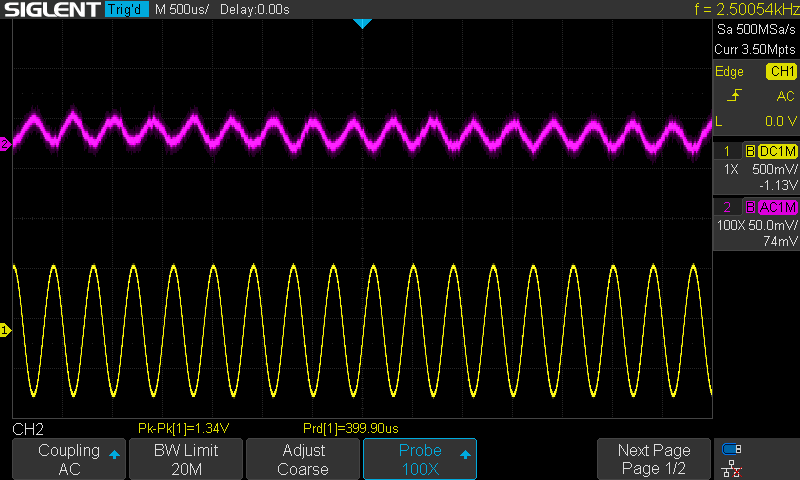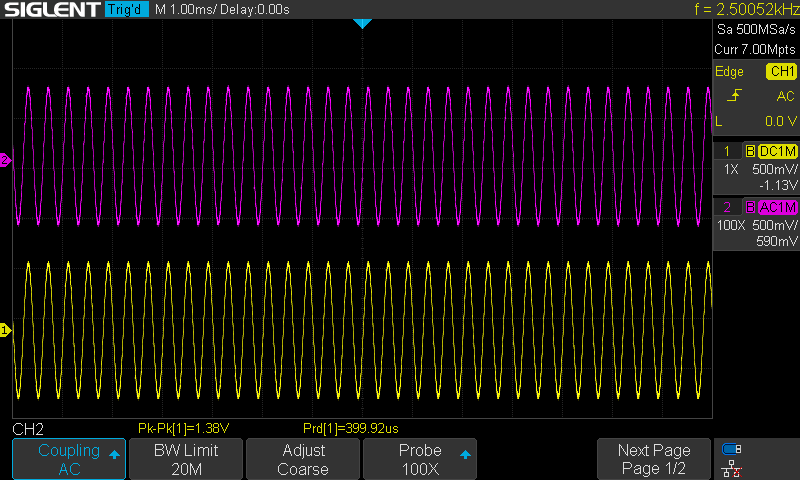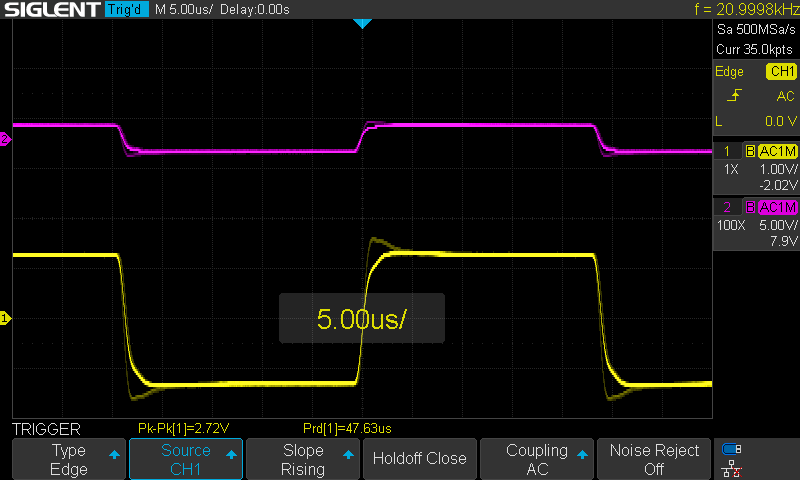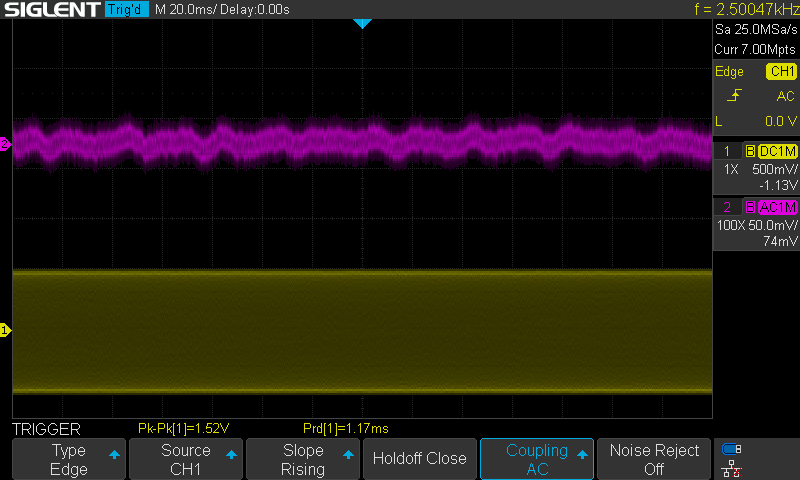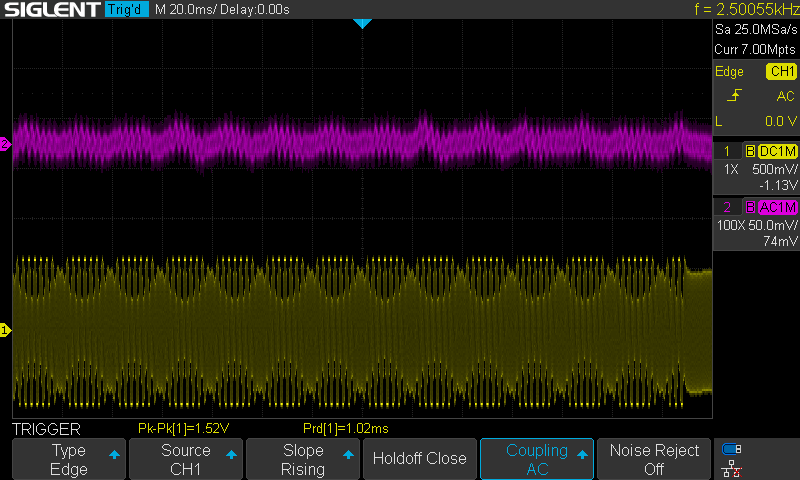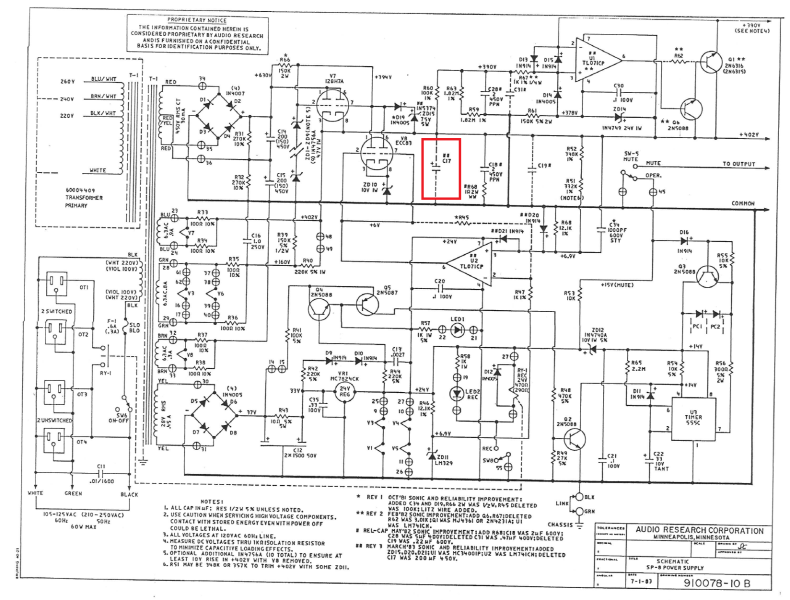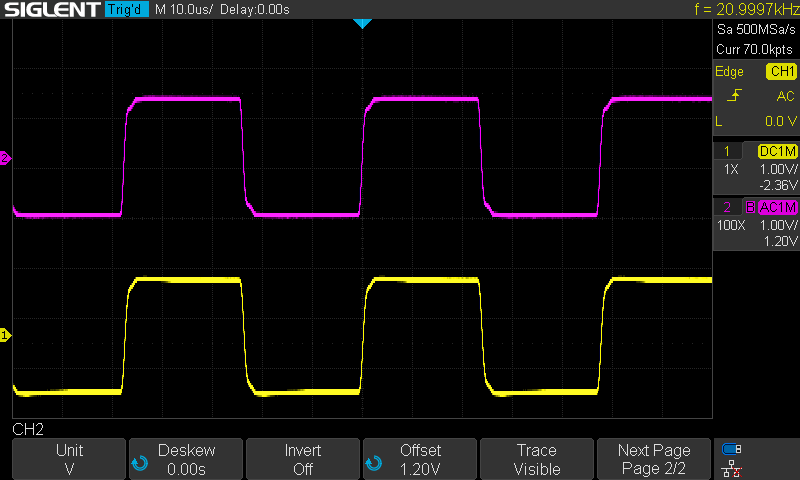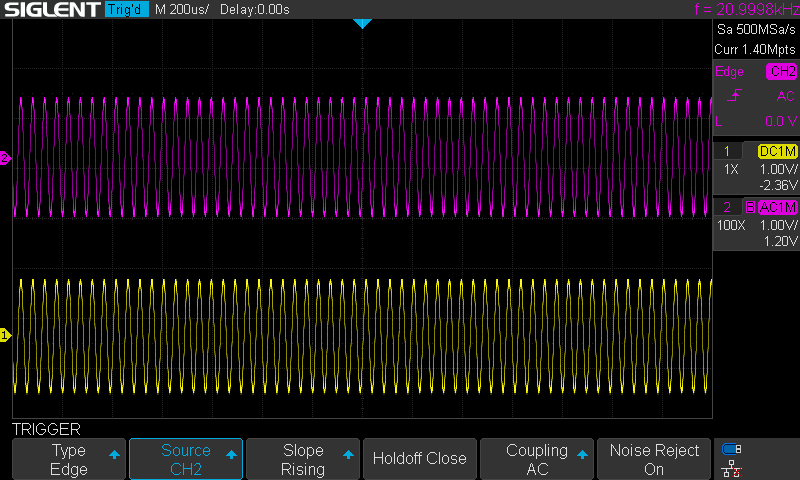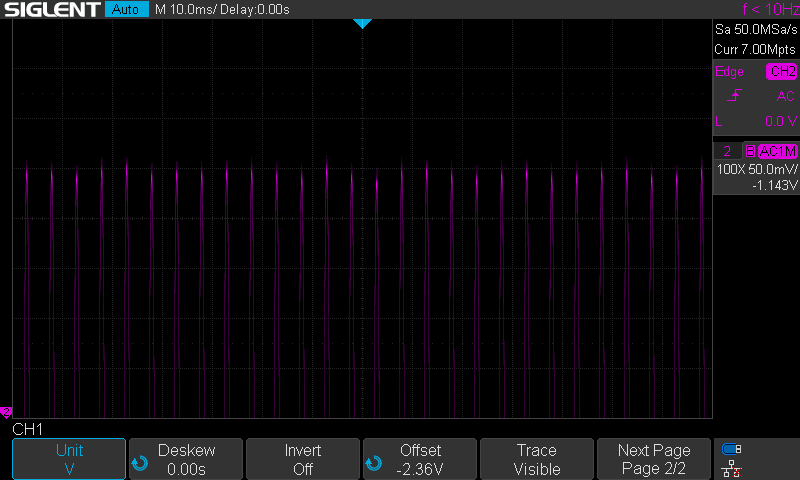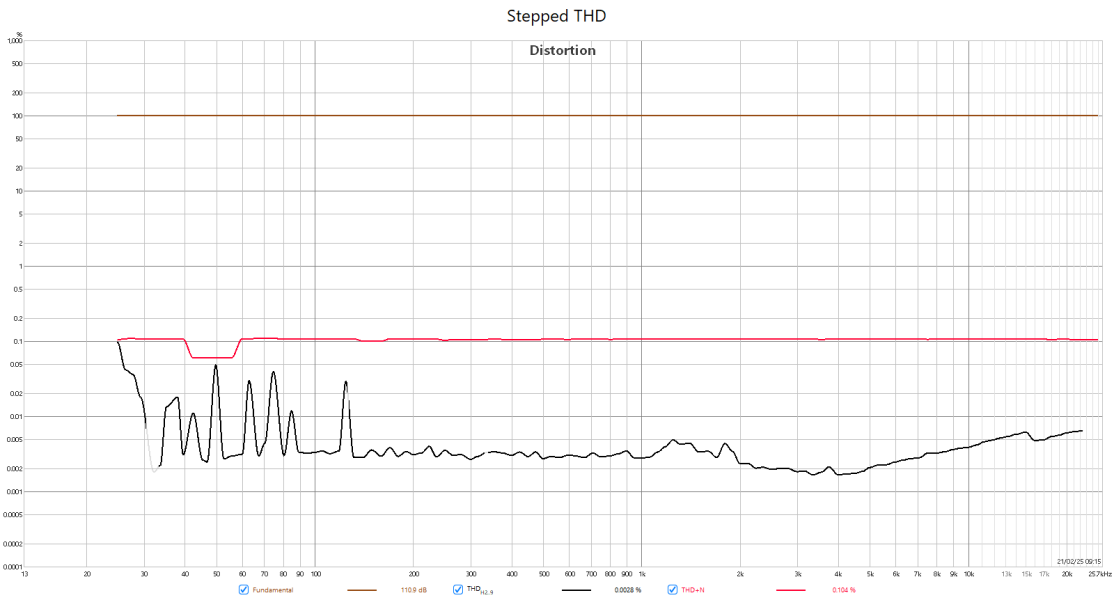The best for speaker xover and normal tube voltage isabellenhütte phb resistors..i have tested a lot of resistors. Expensive but the sound is impressive every day.I haven't looked for a while since getting out of the design side of things and retiring. Wirewound resistors actually have the lowest noise, but have so many other issues (inductance and high tempco among them) that they are rarely used IME. Even for power applications thick-film metal resistors have pretty much taken over, likely driven by the proliferation of SMPS that require good high-frequency performance (high self-resonance frequency).
Exsample
PBH-10R0-F1-1.0 | DigiKey Electronics
Order today, ships today. PBH-10R0-F1-1.0 – 10 Ohms ±1% 10W Through Hole Resistor TO-247-2 Moisture Resistant from Isabellenhuette USA. Pricing and Availability on millions of electronic components from Digi-Key Electronics.
For high voltage tubes nicrom switzerland
Precision Cylindrical High Voltage Resistors
Precision Cylindrical High Voltage Resistors, Low TC Resistors, Non-Inductive Resistors, Surge Resistors
www.high-voltage-resistors.com



